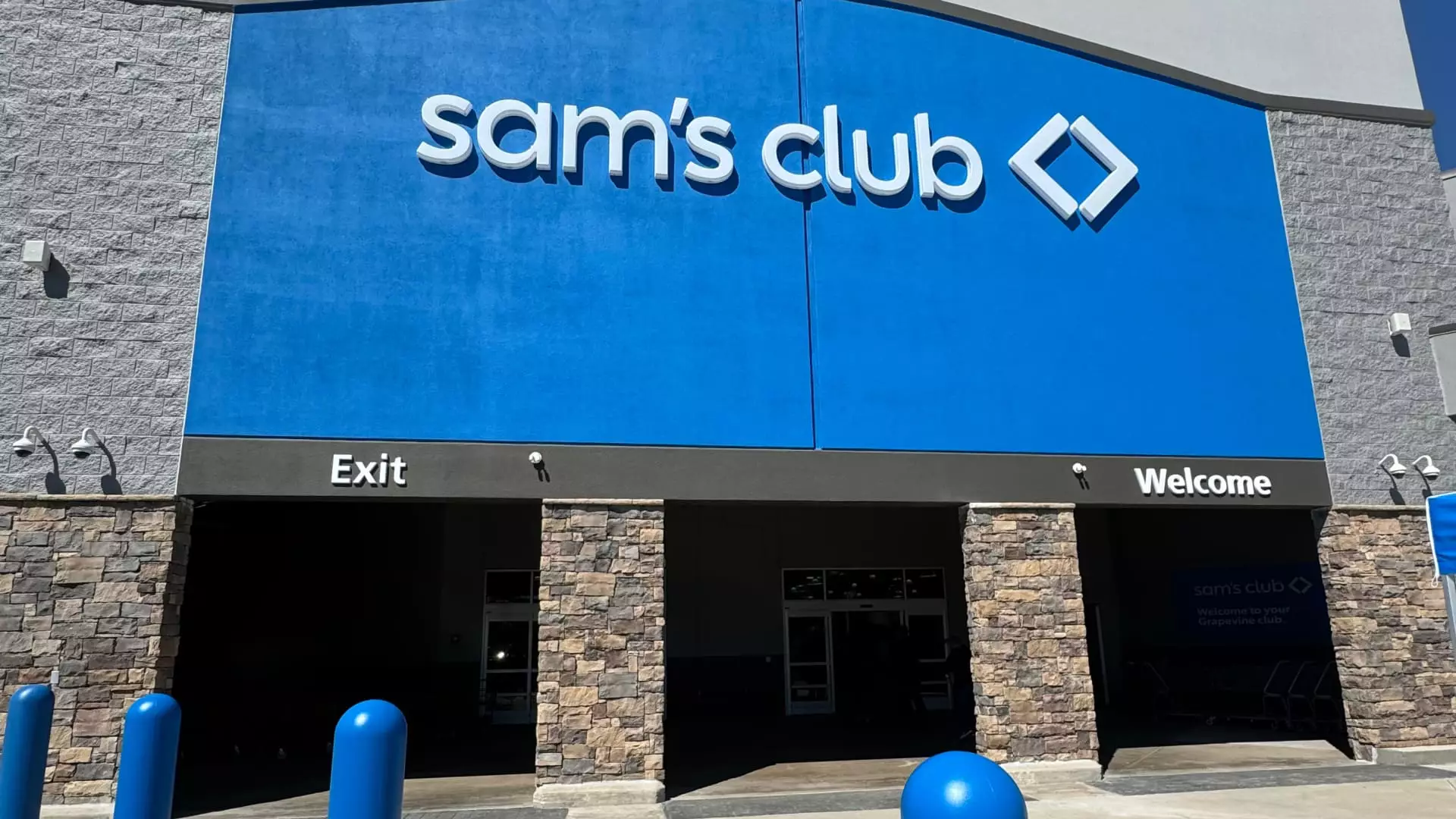The retail landscape is undergoing a seismic shift with advancements in technology. An intriguing reflection of this evolution is found in Sam’s Club’s latest venture, a fully digital store set to open in Grapevine, Texas. This paradigm shift, marked by the absence of traditional checkout lines and the integration of advanced digital solutions, provides a glimpse into the future of how we shop. With features such as the Scan & Go app, this model aims to redefine the shopping experience, eliminating long lines and inefficiencies that have long been associated with warehouse-style stores.
Sam’s Club, owned by Walmart, has embarked on an ambitious path to make shopping not only more accessible but also more efficient. As consumers increasingly rely on technology for convenience, Sam’s Club’s embrace of a digital-first approach signifies the retailer’s commitment to keeping pace with changing consumer expectations. The new location in Grapevine is set to showcase this vision, presenting an innovative shopping environment where patrons can scan items with their smartphones and complete transactions seamlessly.
The store’s design reflects the brand’s strategic intent to blend physical shopping with digital enhancements. Gone are the old cash registers; instead, shoppers will navigate through aisles while using their phones to scan products. This not only streamlines the purchasing process but capitalizes on an increasingly mobile-centric society. Items that are typically reserved for online shoppers will be displayed in-store, effectively merging e-commerce with in-store experiences.
According to Chris Nicholas, CEO of Sam’s Club, this venue is not just about introducing gadgets but is a manifestation of the evolving narrative of retail. This focus on innovation aligns with a larger strategy to position Sam’s Club as a tech-savvy alternative to competitors like Costco. The dedication to fostering a blend of physical and digital interactions, as witnessed in facilities such as the club’s sushi-making station, provides an engaging shopping atmosphere that will likely attract a younger demographic seeking unique experiences alongside convenient shopping.
Costco has long dominated the warehouse membership market, often seen as the gold standard. Sam’s Club is attentive to this competitive landscape, recently consolidating its private labels to streamline offerings and enhance visibility for shoppers. Unlike its rival, which has thrived with a diverse product range, Sam’s Club is minimizing complexity by concentrating on high-demand items and emphasizing quality. This strategic pivot could enhance overall profitability and consumer satisfaction in a market known for its low-price allure.
Furthermore, the retailer’s wage increases for its workforce illustrate a commitment not only to competitive pricing but also to employee welfare. By investing in people as well as technology, Sam’s Club aims to create a positive shopping experience while enhancing staff morale and performance.
While leveraging digital technology may be appealing, it can present challenges for some consumers. As seen with Tiffany Zuniga, a potential shopper uncertain about adapting to new systems, there remains a palpable apprehension among certain demographics concerning a full-scale transition to digital shopping. The fear of making errors while scanning or a lack of personal assistance might prevent some customers from fully enjoying the innovative benefits being introduced.
To counter this, Sam’s Club has initiated measures to familiarize patrons with the new app and technology. Employees in the Grapevine store will offer onboarding support by assisting shoppers with app downloads and usage guidance. However, as the tech-driven future of shopping unfolds, the importance of maintaining human touchpoints and customer service cannot be overstated. Balancing streamlined digital processes with responsive support will be paramount for customer retention and brand loyalty.
The Grapevine location stands as a testing ground for Sam’s Club’s future endeavors, underlining a broader trend in the industry aimed at enhancing the shopping journey. Early signals indicate that customers are receptive to the improvements and innovations being implemented, particularly as evidenced by the rise in e-commerce growth reported by the company.
By capitalizing on technology such as computer vision and artificial intelligence to innovate checkout processes, Sam’s Club is setting a precedent for how retail can evolve. The introduction of autonomous systems for scanning and order fulfillment holds significant potential for increasing operational efficiency while catering to the modern consumer’s demand for speed and convenience.
As Sam’s Club transforms its physical spaces into interactive, digital-first environments, it embraces a bold future in retail. With strategic innovations aimed at improving customer experience and enhancing operational efficacy, this move could indeed herald a new era for membership-based shopping, albeit with the continued need to ensure that customers feel supported and understood throughout their shopping journeys.

